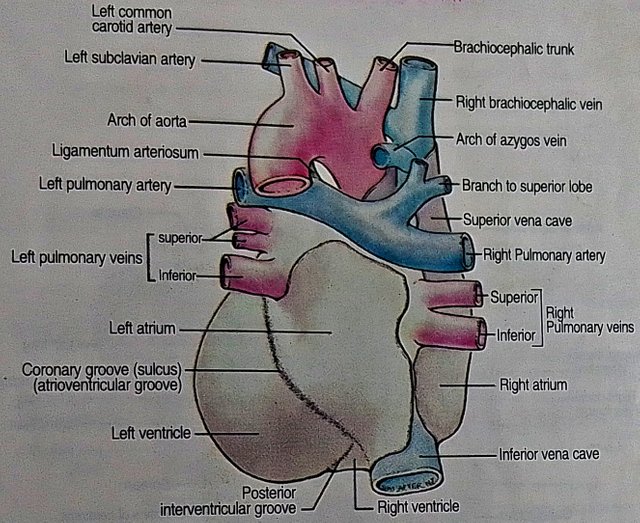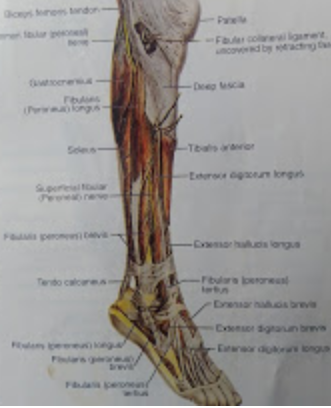
human venous system anatomy The major veins of the human body are an important system for the human body.
Which keeps human life alive. artery is necessary in human body. similar human venous system anatomy
All we can learn in today's lesson-
What is human venous system anatomy?
Types of veins
The veins of the hand
Veins of the head and mouth
Chest veins
Abdominal veins
Leg veins
Conclusion
We will now start a detailed discussion on the above topics.
The movement of blood from one part of the human body to different parts of the body is called human venous system anatomy.
The arteries and veins due to the movement of these blood.
Types of veins: -
The veins can be divided into two parts according to the location.
- Upper vein or supercial vein
and - Deep vein
These veins are connected to the arteries. The upper veins we see between the arms, legs and neck, by which we can see or understand the pulse rate.
Hand veins: -
There are deep veins in the radial and ulna of the hand, which together form the bronchial vein. Which corresponds to the cubital fossa just in front of the elbow.
It then merges into the Auxiliary vein and the Subclavian vein. Innominate Vein is formed by combining the Internal Jugular Vein coming from the head of two Subclavian veins on both sides.
The Superior Vena Cava is made up of two Innominate Veins on either side. It finally comes to the Right Atrium of the heart and opens.
Head and veins of the mouth: -
How much blood flows inside the skull or veinous sinus. It runs almost in the middle of the head and points to the upper border of the falx cerebral. It takes blood from the brain.
There are a few more sinuses প্রধান the main ones are the two cavernous sinuses in Skull's Deep. These two sphenoid bones have two on each side.
In an eye socket, blood is brought from the lower part of the nose, cheeks and brain. In all these places, infection occurs, it attacks this sinus and becomes fatal.
Chest veins: -
Subclavian veins are formed by combining internal jugular veins. Innominate veins. It has two sides. The two combine to form the superior vena cava. The infinite vein is slightly larger in length on the left than on the right.
Abdominal veins: -
Blood flows from the first leg through the femoral vein. After crossing the inguinal ligament, it is called External Illiac Vein. It again carries blood from the pelvis.

Leg veins: -
The deep veins in the legs move along the arteries, such as the anterior and posterior tibial veins. These two come to the Popliteal Fossa and form the pipliteal vein. It rises to the top and merges with the deep femoral vein. External illiac vein is connected by entering the slum. The common illiac vein is formed by combining it with the internal illiac of the pelvis
Conclusion: -
The purpose of blood flow to the lungs is to send impure blood to the lungs for purification. The work of blood is to move blood from one place to another. And this blood flow goes through the arteries and veins.
Aout photos
| Photo caption | Android phone camera |
|---|---|
| Edit | picArt app |
| Editor | Md Nayeb Ali |
You may read other posts as like
https://steemit.com/hive-152587/@doctorstrips/circulatory-system-human-anatomy-part01
https://steemit.com/hive-152587/@doctorstrips/circulatory-system-human-anatomy-part02
Yours
@doctorstrips
l like best